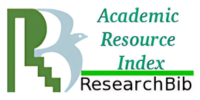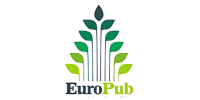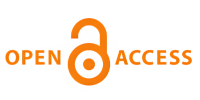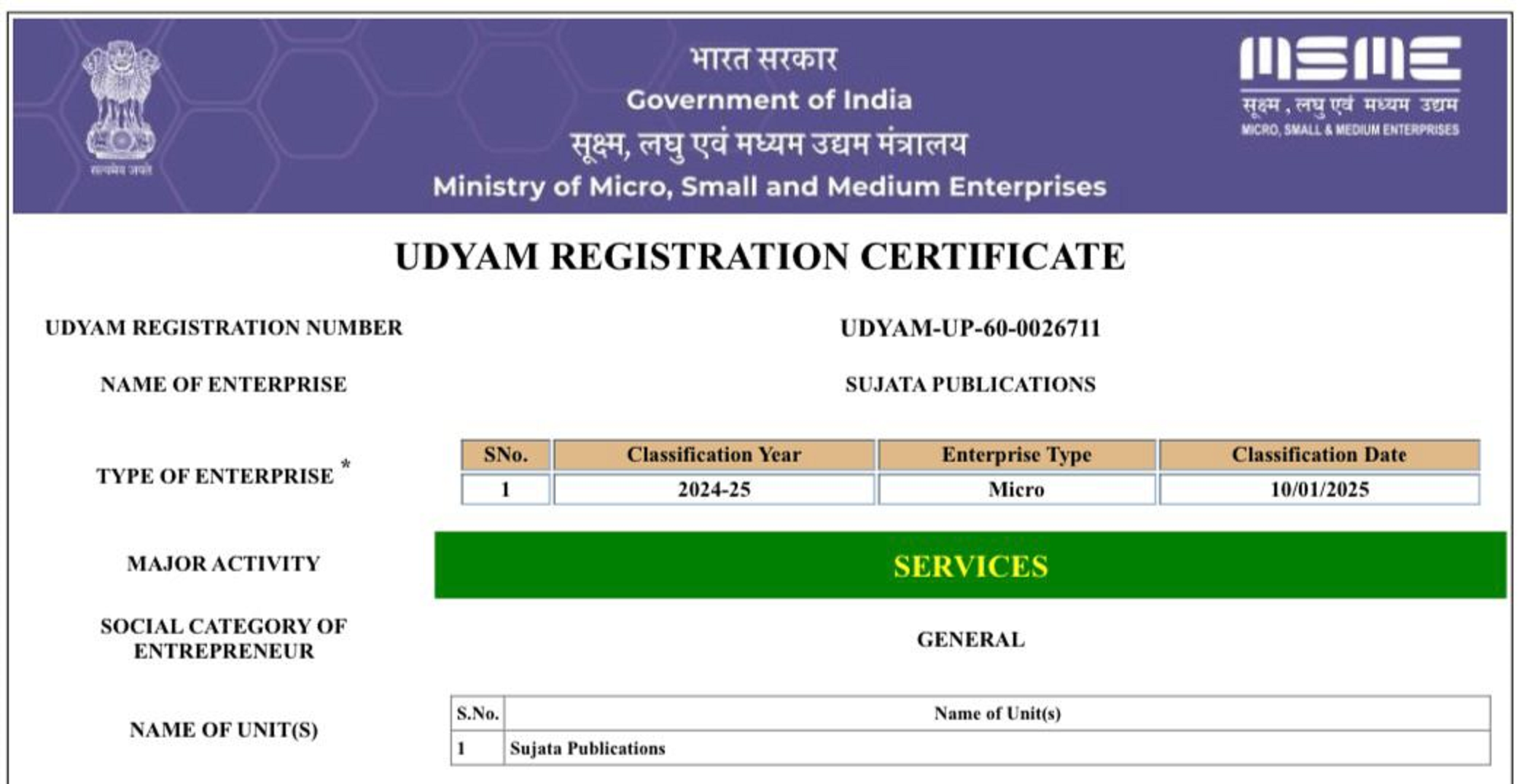Pathway of Avian Influenza Virus from Birds to Humans
DOI:
https://doi.org/10.62896/Keywords:
Pathogenicity, Orthomyxovirus, Haemagglutinin, NeuraminidaseAbstract
Avian Influenza viruses belong to the Orthomyxoviridae family and are classified into subtypes based on the hemagglutinin (HA) and neuraminidase (NA) surface glycoproteins. AIV is transmitted via direct contact with infected birds, their droppings, contaminated feed, or water, and can spread through the movement of birds and humans. The pathogenesis of the disease is linked to the viral ability to bind to specific receptors on epithelial cells, especially in the respiratory and gastrointestinal tract, leading to cellular damage and inflammation. Human cases of AIV often result in severe respiratory diseases, including pneumonia and acute respiratory distress syndrome (ARDS), and may lead to mortality. The epidemiology of Avian Influenza is influenced by factors such as host species, migration patterns of wild birds, climate, and agricultural practices. Wild waterfowl, particularly migratory species, are natural reservoirs for low-pathogenic strains of AIV. The effectiveness of vaccines may vary depending on the circulating strains of AIV. While vaccines can reduce the severity of disease and prevent transmission, they are often not a standalone solution and must be combined with other control measures like quarantine, culling, and biosecurity practices. Avian Influenza outbreaks have a substantial environmental and economic impact. The direct economic costs are due to the culling of infected poultry, loss of trade, and disruption to the agricultural sector. Biosecurity is crucial in preventing the of Avian Influenza, particularly in poultry farms and live bird markets. Effective biosecurity measures include controlling access to farms, monitoring and restricting the movement of birds, ensuring proper sanitation and disinfection protocols, and minimizing contact between domestic and wild birds
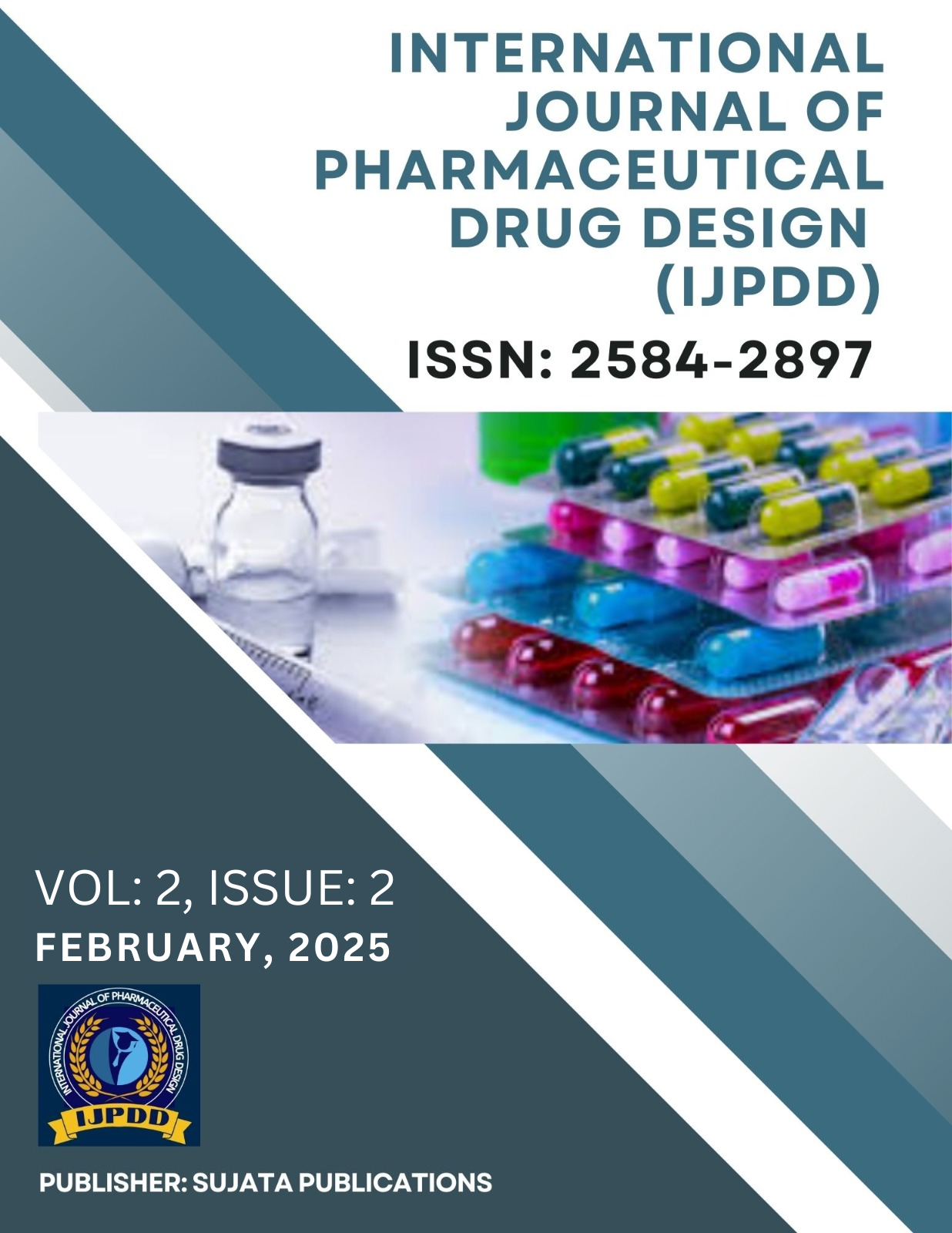
Downloads
Published
Issue
Section
License
Copyright (c) 2025 Sujata Publications

This work is licensed under a Creative Commons Attribution-NonCommercial 4.0 International License.


